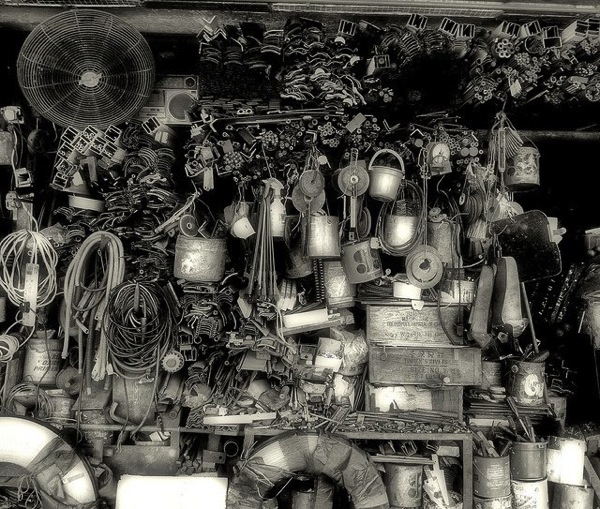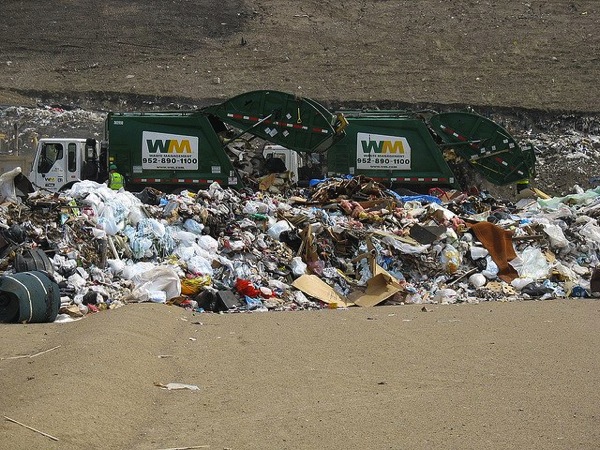In a world of torque wrenches and bolts the relationship between aircraft maintenance planning and suppliers is becoming more important by the day.

In the not so distant past we were managing a client's heavy check. In the middle of the project we were requested to supply the expendables for the entire project. This was in addition to the rotables we were already managing. Now, as you know, nothing ever goes entirely as planned. We scrambled, stressed and got the job done but situations like this make the planning process paramount to successful aircraft maintenance check projects.
Last minute procurement and poor forecasting can be costly. It costs more money and time, both being scarce.
The solution to this madness is the Just In Time (JIT) inventory concept.
JIT is a production strategy where you can improve your organization's bottom line by minimizing in-process inventory and carrying costs.
Have you ever thought about the total cost of waste on your shelves because you bought too much material or they're now obsolete or expired?
Just In Time inventory for your expendable needs
Raw materials, such as expendables and consumables, are an integral part of your maintenance processes but they can be costly sitting on the shelf at undesired times. Or even worse, you don't have enough spares available for your maintenance needs. You then have to procure your expendable needs on an AOG basis, increasing cost, stress and the time you spend on the project. Both scenarios are bad.
Just In Time inventory is a strategy you may want to consider to have the raw material available only when you need it. The material arrives and is immediately consumed by your maintenance needs. Reducing inventory and processing time.
Benefits of a JIT system
A buffer of inventory can be extremely comforting but it's also very costly. Once you start holding excess expendables in inventory you begin locking away cash needlessly. These items can be lost, damaged or become obsolete over years of unnecessary storage. They occupy valuable space that you could further use towards your operation.
One of the greatest benefits of the JIT system is it allows you to carry low inventory. You receive the material as you need it, just in time. There's no need to write off large inventories. You consume it when you need it, skipping the inventory process.
Another benefit of a JIT system is the reduction of waste. If material goes beyond its expiration date, corrodes or becomes unusable the cost of material rises. By eliminating waste you control cost.
A third key benefit to the JIT process is high quality production. Since you'll only be dealing with suppliers whom you trust, they will understand your needs and make sure quality is of utmost importance. This will eliminate rejected parts through your quality control process and quicker consumption rates for your aircraft maintenance planning.
JIT, stakeholder relationships and aircraft maintenance planning
The Just In Time inventory strategy is useless without a strong relationship with your supply chain. Providing your suppliers with material consumption forecasts and what you expect from them is crucial to a successful JIT relationship. By tapping into your suppliers to fulfill needs that could cost you millions is an ideal scenario.
This entire process is an evolution of change. As you begin to work with suppliers through you JIT strategy improvements will be made and cooperation will become tighter.
Aircraft maintenance planning can be costly but unnecessary spending is avoidable. With excess inventory comes excess cost, so why not receive goods just in time for consumption? By tapping into strong relationships with your supplier you'll know what parts are needed, when they're needed and receive them as needed.
If you have out of control raw material costs, a JIT strategy may be exactly what's needed for your aircraft maintenance planning needs.
P.S. If you would like to discuss our Just In Time Inventory program, contact sales today.







